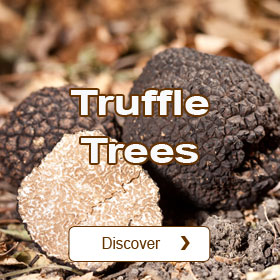Hiding a cumbersome stump
• Create a scenery with pots
• Growing plants in unusual containers
• Make your potted plants more beautiful
• Choose the material of pots
• Look after your pots to make them last
• The right pot for the right plant
• Upright-growing plants in pot
• Growing a tree in a pot
• Hiding a cumbersome stump
• Hiding the compost heap
• Optimize Trees
• How to redesign a flowerbed ?
• Create a flowering border like a painter
• Harmonise foliage between them
• Succeed with your borders
• An attractive garden in winter
• Create a Mediterranean corner
• Create an exotic area
• Create a Japanese corner
• Create a green roof
• Create a rockery
• An Acer, for all gardens
Create a luxurious flowering island around the remains of a cut down tree: the stump will rot away naturally, giving food to the plants which are hiding it!
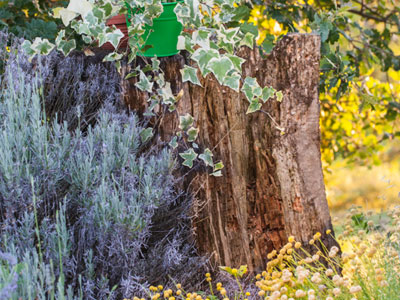
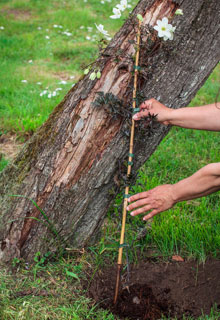
Hiding a large tree stump is easy but it does require a bit of time.
Advantages and inconveniences
A tree stump does not present only disadvantages in a garden. Not only it provides a convenient support for a large pot or a garden ornament but it also retains moisture longer at the roots level than anywhere else in the garden. Its inconvenience is more on an aesthetic level as the stump is often unsightly being taller than the ground level and also due to the fact that its roots take a long time to rot away which can create some problems: localised yellowing of the lawn, presence of mushrooms, difficulties in working the soil because of the roots.
Why hide a tree-stump?
There is not a miracle product which can make a tree stump disappear quickly: normally, a large tree-stump can take as long as hundreds of years to decompose away! Luckily, in gardens, the process is rather quicker but you still have to count on 5 to 10 years. There are machines (stump's trimmers) which are used by some companies which can get rid of the stump. But hiding it stays the most economical mean… and it is also a great way of creating a new flowering bed!
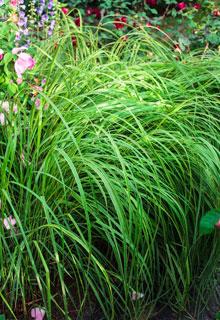
Ornamental plants from the grass family have a high hiding ability.
If the stump is a ground level
The easiest way is to hide it with perennial plants. Planting requires a few steps. Start by removing the grass around the stump especially if it sits in the middle of the lawn and move the soil wherever free, particularly in between the main roots. These are the best planting spots as the soil stays moist for longer. Dig some holes close to the stump and enrich the soil with potting compost or a soil enriching agent, as the roots have a tendency to impoverish the ground during the first years. All that is left to do is to plant against the stump. Remember to water the plants regularly until the autumn.
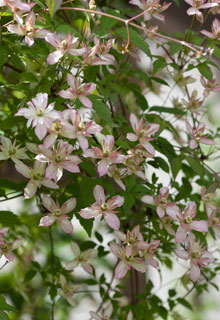
Small-flowering Clematis are the most suitable plants.
If the stump has a trunk
Hiding it with a climber offers the best solution. The trunk will be used as a natural support and the climber will grow roots under the stump, where it will benefit from natural, favourable growing conditions. Virginia-Creeper can also be used for larger tree-stumps as it becomes rather bulky. Plant it following the same steps than for perennial plants as given above.
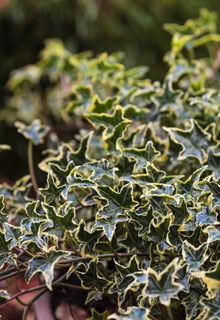
Ivy, the king of stumps
Whatever the setup, it is really the best plant to make a tree-stump disappear under vegetation and also a great hiding plant for elements which cannot be removed such as unsightly masonry work. To gain time, plant three ivies around the structure which needs hiding. Guide the growths so as to direct them towards the stump. They will cling on to it on their own, as soon as they touch the support. A small supply of lawn fertiliser, at the end of winter will make them grow even quicker.
Beware
In areas which are affected by the presence of termites, hiding a tree-stump is not recommended, particularly if it is sited near the house, as it can house these insects. Removing the stump is the best option.























